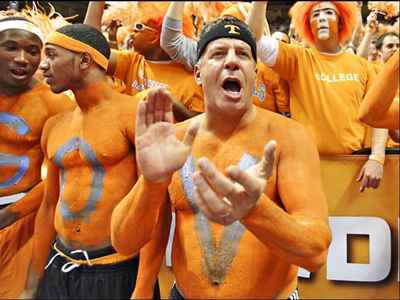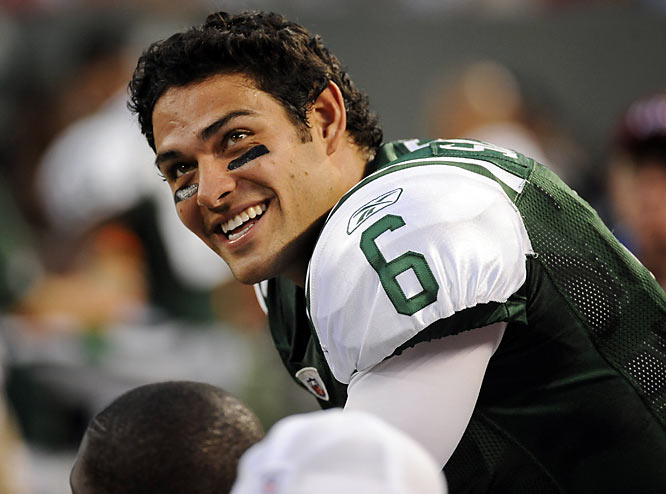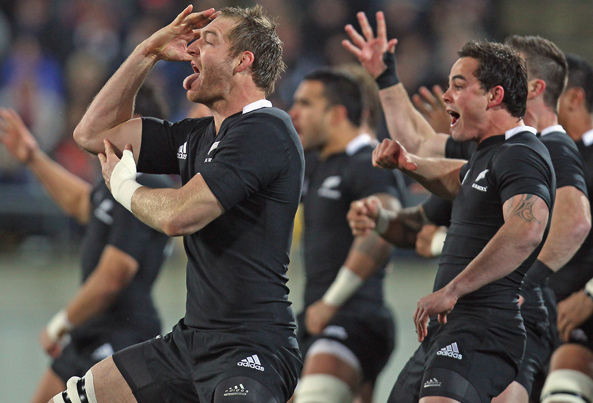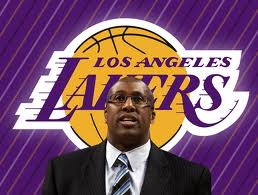Please welcome our new VP of Marketing. Yes, that's really him
So let's pretend you are a dedicated marketing pro at a low-key but solid wholesale grocery distribution company in Tennessee and you have seen notice or heard through the company grapevine that the VP of Marketing position is open. VP slots at small and medium size companies don't just open up every day, and as you learn more about the opening, you become more intrigued.  Casual Friday in the Marketing department?
Casual Friday in the Marketing department?
You've got over 10 years experience marketing in this industry, almost five at the current company, and you have been given progressively more responsibility, high profile projects, and control over a small team and budget. You like the company, love living in the area, and have cemented solid relationships in the local business community as well as been an active participant in a few industry associations, even serving as a conference speaker on a couple of occasions. You have even let your Gen-Y staffers run with the whole 'social media' thing to support the company marketing efforts. It isn't for you personally, but you realize that times are changing, and empowering the right people to help navigate through these changes just seems to make sense.
All told, you have some really solid qualifications for the VP role, and if the company had one of those progressive HR constructs known as a 'succession plan', your name would almost certainly been in the 'Ready now' box for the VP of Marketing role. So as you sit down at your desk to have one last look at your resume before firing off an email to the CEO to forward your name for consideration for the VP position, you see a company-wide announcement drop in to your inbox.
It reads : Please welcome our new VP of Marketing - Bruce Pearl.
You think - What? Bruce Pearl? The former University of Tennessee Men's Basketball Coach that was fired for lying to NCAA investigators during an investigation into the program's recruiting practices? A guy who has been a basketball coach for the last 25 years or so, and whose only knowledge and experience in the grocery business is that perhaps occasionally he shops in one?
That's our new VP of Marketing?
The bit about the Marketing Manager I just made up, but back in the 'real' world the aforementioned Bruce Pearl was indeed just hired by the wholesale grocery distribution firm H.T. Hackney as their new VP of Marketing.
Now I don't profess to know anything about H.T. Hackney, or the climate of the Knoxville area wholesale grocery distribution business, but taken simply at face value, the hiring of Pearl into a VP of Marketing role fresh off recent scandal, and perhaps more importantly, an entire professional career that had pretty much nothing to do with the grocery business or corporate marketing seems quite baffling. Sure, the company gets a short-term publicity pop, everyone in the area knows who Pearl is, and most probably never heard of H.T. Hackney before, but longer term, can or will a hire like Pearl cause more damage than good?
I wonder if there really is a H.T. Hackney Marketing manager that won't get his or her shot because of this move. Or maybe there is a slate of great marketing pros that are looking for their next career move that would have made a super hire for the position.
I guess time will tell, but I do think these kinds of stunt hires, particularly ones we see that are sport-related, don't seem to work out all that well.
In Hackney's defense, this article from ESPN announcing the Pearl hire refers to a news release where Hackney officials refer to Pearl's 'marketing and economic background as a student at Boston College', as some justification and support for the hire.
In these tough economic times it's good to know that a solid education still carries weight in the job market. Even if, as in Pearl's degree, it was earned in 1982.
Have a great and long holiday weekend!

 Steve
Steve



